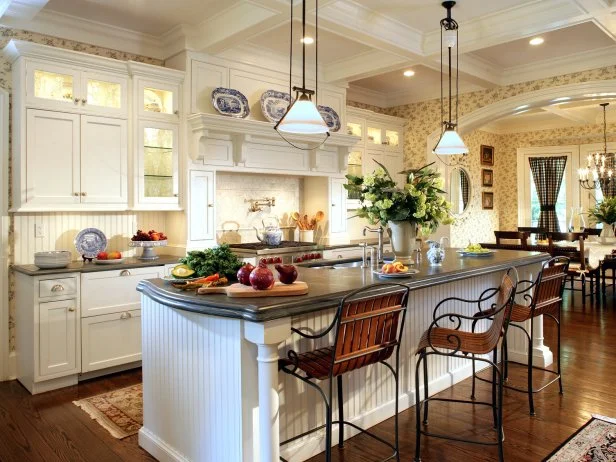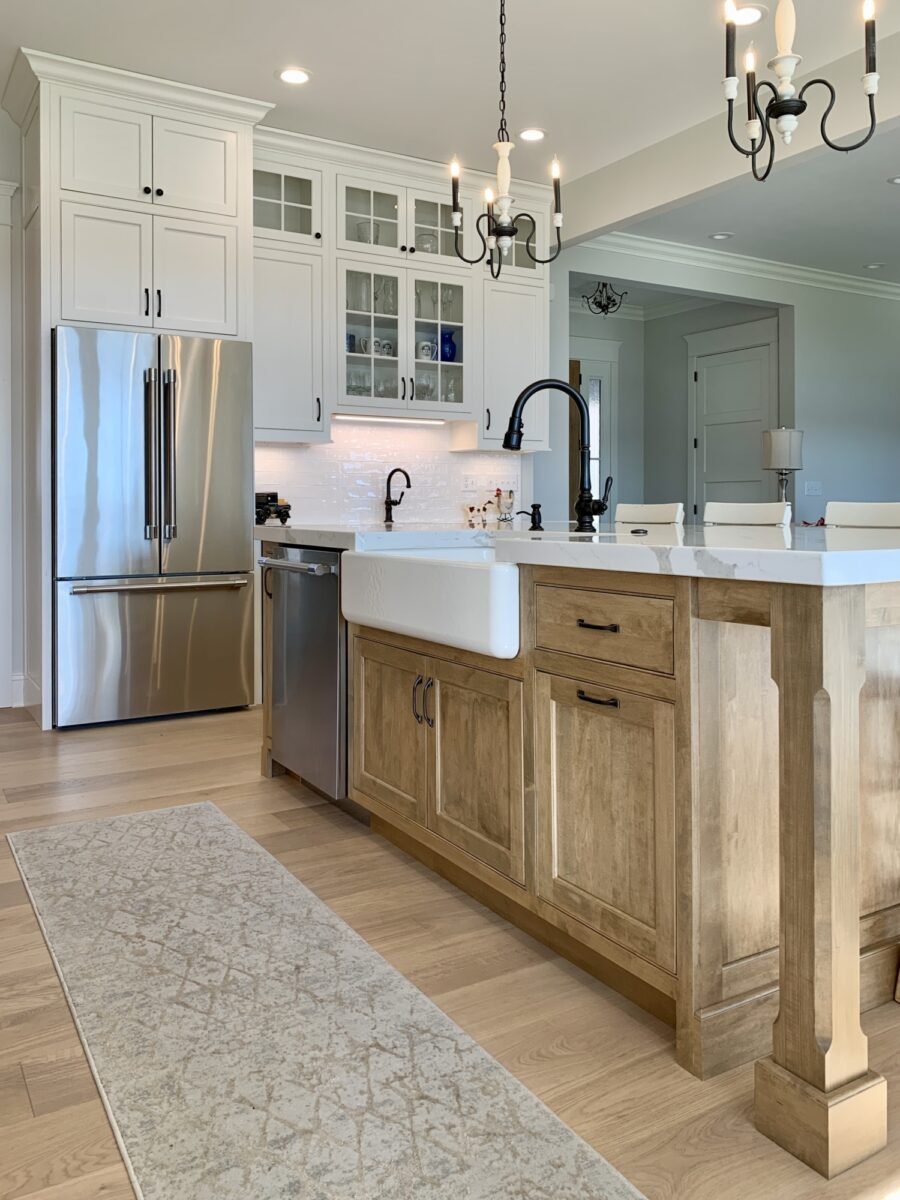Achieve the Perfect Equilibrium of Form and Feature with Legs For Kitchen Island
Achieve the Perfect Equilibrium of Form and Feature with Legs For Kitchen Island
Blog Article
An Overview to Picking the Perfect Legs For Cooking Area Island for Your Home
Choosing the optimal legs for your cooking area island is a nuanced choice that affects both the functionality and visual charm of this main space. As you take into consideration these aspects, it comes to be obvious that the right legs can transform not just the appearance of your cooking area however also its use for years to come.

Understanding Cooking Area Island Legs
When choosing legs for a kitchen island, it's vital to understand their aesthetic and practical roles in the overall layout. The legs offer as a vital support group, making certain security and resilience for the island, which typically operates as a workspace, dining location, or collecting area. The choice of product and building and construction technique must be durable enough to stand up to everyday use and prospective wear.
In addition to their architectural obligations, legs contribute dramatically to the island's aesthetic charm. They can boost the kitchen area's style, whether through conventional, contemporary, or diverse layouts. The height and percentage of the legs are also important factors to consider; they need to integrate with the island's countertop elevation while making certain comfortable seating for those using the area.
Additionally, the leg layout can affect the general circulation of the kitchen area. Open, airy leg styles can develop a sense of lightness, while solid, considerable legs might communicate a more based and steady visual - Legs For Kitchen Island. Recognizing these functional and aesthetic aspects will certainly lead house owners in making notified choices that complement their kitchen's style and enhance its usability
Popular Styles and Materials
The selection of legs for a kitchen area island encompasses a range of preferred styles and materials, each offering unique qualities that can boost both performance and aesthetics. Amongst the most in-demand styles are modern, rustic, and traditional. Contemporary legs commonly include sleek, minimalist styles that highlight simpleness and clean lines, making them optimal for modern-day kitchens. Rustic designs, on the various other hand, accept natural environments and typically showcase recovered timber or troubled coatings, including heat and beauty to the space. Conventional legs usually display elaborate information and craftsmanship, enhancing traditional kitchen styles.

Elevation and Stability Considerations

Stability is one more important factor to consider. The legs of the kitchen island ought to give sufficient support, making certain that the framework can stand up to everyday usage without changing or wobbling. Product selection plays a considerable role in stability; metal legs, for instance, tend to use better strength compared to timber. Additionally, making certain that the island is securely anchored to the floor or wall surface can enhance security, specifically for larger islands that might bear significant weight.
Matching Your Kitchen Area Aesthetic
Picking the best legs for your kitchen island exceeds performance; it likewise plays a substantial role in the total visual of the room. When picking legs, consider the design style of your kitchen area. For a contemporary look, smooth metal or minimal designs can you can find out more create a clean, contemporary vibe. On the various other hand, rustic or standard kitchens frequently profit from wooden legs with elaborate detailing or a distressed finish, enhancing warmth and character.
Legs that enhance or comparison with your island's surface area and bordering kitchen cabinetry can develop aesthetic consistency or striking focal points. In addition, consider the coating of the legs; matte, shiny, or distinctive surfaces can dramatically impact the total feel of the kitchen area.
Installment and Upkeep Tips
Installing kitchen island legs calls for careful attention to detail to ensure both stability and aesthetic charm. Begin by selecting a suitable place for your island, ensuring it is level and has adequate area for motion. Use a stud finder to find wall studs if you are affixing the legs to a wall surface or making use of brackets for included support. Mark the positioning of the legs properly before exploration.
When protecting the legs, make use of high-quality screws and, if needed, timber glue for additional toughness. For steel legs, make certain that you are using appropriate supports and devices to stop damages to your flooring. It is suggested to look for levelness after installation, making modifications as needed to avoid tottering.
Tidy the legs with an ideal cleaner, avoiding abrasive materials that may damage the surface. By adhering to these installment and maintenance ideas, you can make sure that your cooking area island legs stay both functional and visually attractive.
Conclusion
In verdict, selecting the proper legs for a cooking area island requires mindful consideration of elevation, stability, and aesthetic compatibility. By choosing ideal products and styles that straighten with the general kitchen style, functionality can be enhanced while maintaining visual allure. Appropriate setup and ongoing upkeep further add to the sturdiness and durability of the cooking area island. Eventually, thoughtful leg selection plays a crucial role in raising both the functionality and layout of the kitchen area.
When selecting legs for a kitchen area island, it's important to Recommended Site comprehend their functional and aesthetic duties in the overall design. Open, airy leg styles can produce read more a sense of agility, while strong, substantial legs might convey a more grounded and stable visual. The legs of the kitchen area island should offer ample support, making certain that the structure can endure day-to-day usage without changing or tottering.Installing cooking area island legs calls for careful focus to information to guarantee both security and aesthetic appeal.In verdict, choosing the proper legs for a kitchen island requires careful consideration of height, security, and visual compatibility.
Report this page